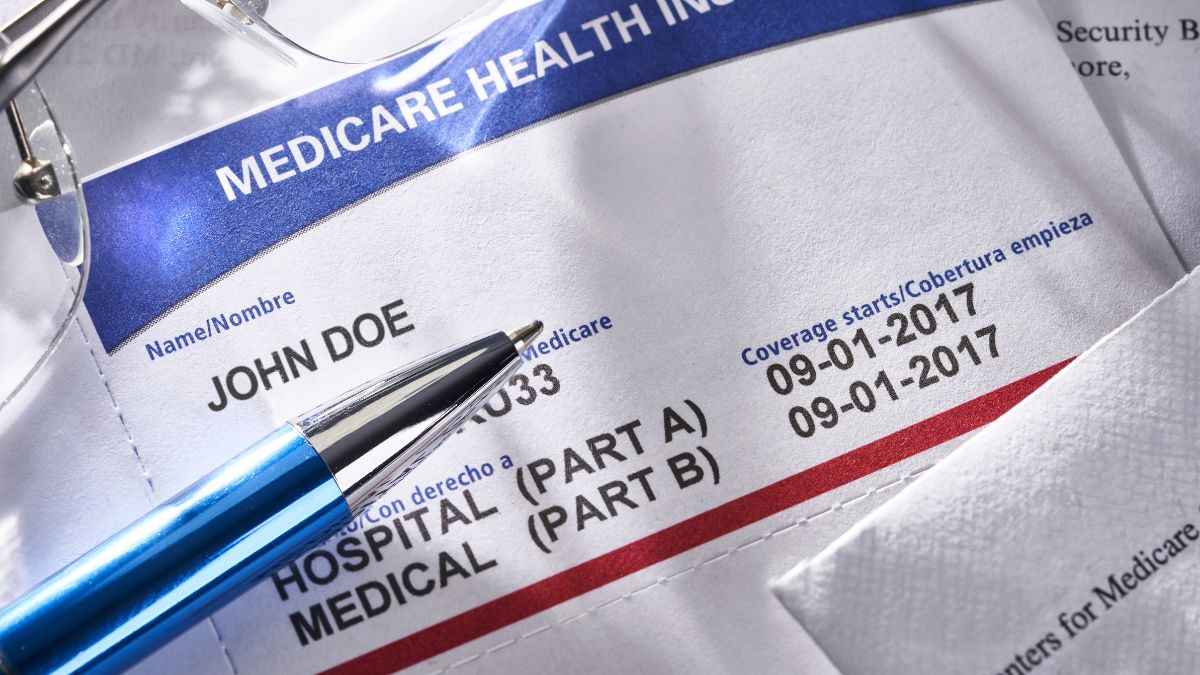As anyone with Medicare knows, there are several different parts of it—A, B, C and D—each of which covers something entirely different. But what sort of medical expenses fall under which section? And do you need all of them? We break it all down below!
A breakdown of each of the Medicare parts
For people on original Medicare, there are four different parts of coverage. They are broken down by letter, and according to Annie Grace, VP of Senior Health Solutions Marketing at Mutual of Omaha, “each one covers different areas in health care. Your health status, finances, preferences and whether you choose ‘Original Medicare’ or a Medicare Advantage plan will determine whether you need all of them.”
What is Medicare Part A?
Medicare Part A “covers inpatient hospital care and includes things like medications, lab tests, X-rays, surgeries, meals during a hospital stay and follow-up services like at-home nurse care or physical therapy. Hospice services can also be included,” says Grace.
According to the Medicare website, you will pay $285 to $518 for the plan each month if you don’t qualify for Part Apremium. If you do qualify for premium, then you won’t have any monthly payment; however, Grace says that “there is a deductible and some cost sharing when using hospital services.”
What is Medicare Part B?
Medicare Part B is one of the most talked-about coverage plans for users. Grace says it “covers outpatient services such as doctor and clinic visits, lab tests, medical equipment, home nursing, emergency room visits and more. It also helps with preventive services like annual wellness exams, screenings and flu shots.”
Part B costs $185 a month; however, that rate can go up depending on your income. For this plan, you will also have deductibles and cost-sharing, which will vary depending on how you use the coverage.

What is Medicare Part C?
Medicare Part C is a combination of Part A and Part B. Grace calls it “a bundle option provided by private insurers that replaces Original Medicare (Parts A + B). With Part C, many plans also include prescription drug coverage (Part D), and can offer additional benefits like dental, vision, hearing, transportation or even gym memberships.”
Part C costs do vary each year, as do its deductibles, copayments and coinsurance.
What is Medicare Part D?
Medicare Part D is the final section of the government health insurance program.
“This covers prescription medications and can be added if you don’t get drugs covered through an Advantage plan,” says Grace. “The cost depends on the plan, as there is a monthly premium, deductible, and either copays or coinsurance for your prescriptions. It’s important to remember that what drugs are covered depends on the specific parts and plan you pick.”
Do you need all the Medicare parts?
Despite there being four parts of Medicare, experts say that you don’t necessarily need it.
“Your coverage depends on your choice of plan and your needs. Generally, everyone needs Part A and Part B if they want Medicare’s core coverage, but whether someone needs Part D depends on prescription drug needs,” Grace said. “Similarly, whether they want bundled benefits versus flexibility and predictable costs will determine needs for Part C.”

She also shared that there is another option for people called Medigap.
“It doesn’t replace any Medicare part but is often used to supplement Original Medicare (A + B). A Medigap plan helps pay for what Original Medicare doesn’t cover, like deductibles, copayments and coinsurance,” she said. “This provides a bit more predictability when considering out-of-pocket costs. Plus, these plans aren’t tied to networks, so you have the freedom and flexibility to see any doctor who accepts Medicare.”
For those wanting to sign up for Medigap, the open enrollment period ends six months after you receive Medicare Part B; however, you can enroll after that, but it may cost more. For more details on that, including how to sign up for it, click here.






